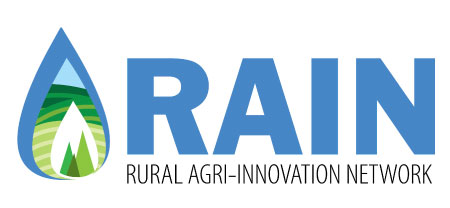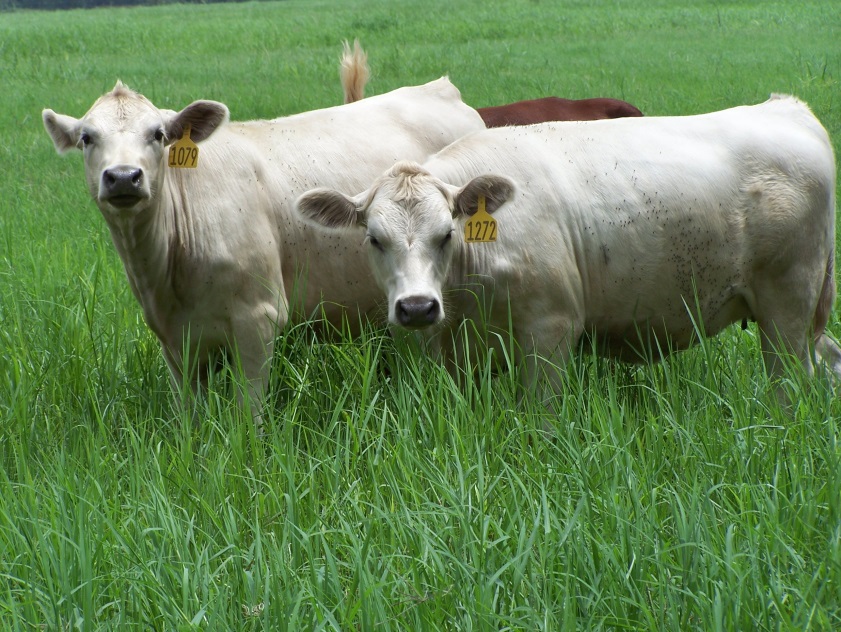by Mikala Parr, Research Assistant
Soil Nutrients
The pasture improvement demonstration and assessment project was looking at the effects of transitioning from continuous grazing to rotational grazing management in pastures. Soil samples were taken October 2016. When looking at the nutrient analysis, the only significant difference was sodium (Na). There was significantly more Na in the continuously grazed areas in the pastures located in Laird. Sodium in the soil can naturally build up over time. Plus, with compaction from livestock, the sodium can be blocked from moving through the soil. Aside from sodium, there were no significant differences in the nutrient levels across management systems. When comparing 2015 to 2016, there was no significant change.
Grass Yield
During this project, RAIN measured the continuously grazed and rotationally grazed grass separately. When adding the yields up over the whole season, it was clear that the rotational grazing produced a better yield. It has been well documented that overgrazed grass does not yield well.
Rotational yielded 4,186 kg DM /ha
Continuous yielded 2,696 kg DM /ha
Thanks go to our farmer co-operators Jim & Bette Withers and Alex & Helen McRae.
More information about this project is available in the following research notes:
2015 Pasture Improvement Results: Grazing Management
2015 Pasture Improvement Results: Spanish River Carbonatite
Pasture Improvement and the effects of Spanish River Carbonatite
This project was funded in part through Growing Forward 2 (GF2), a federal-provincial-territorial initiative.
The Agricultural Adaptation Council assists in the delivery of GF2 in Ontario.

